ANSI: An Eye Towards International Safety Standards
No One Size Fits All
Obviously, protective eyewear does not stop at ski goggles. Specialized eyewear for certain working conditions comes with equally important, yet different safety concerns. In each case, requirements will be tailored for the job at hand: perhaps the eyewear is meant to protect you from high-velocity impacts that may come from an explosion of machine metals or shield your eyes from a potential chemical splash.
No matter how specific the potential hazard, there appears to be a protective eyewear safety test designed explicitly for that potentiality.
One reason these tests have become so specialized over the years is because of the American National Standards Institute (ANSI), one of the leading drivers for both U.S. and international safety standards.
This deeply rooted (100 years old this year), non-profit organization oversees the development of consensus standards for products marketed to the U.S. consumer.
ANSI both advocates for U.S. standards abroad and, increasingly, adopts respected international standards for use as national standards. ANSI is also a founding member of the International Organization for Standardization (ISO), the world’s largest developer of international standards.
At its core, ANSI believes that the direction towards synchronised national and international standards bolsters U.S. standing in the global marketplace and encourages innovation, while protecting the health and safety of consumers and the environment.
One of ANSI’s strengths regarding eyewear is that individual standards are designed specifically for the product’s purpose. Its standards for protective eyewear are a great testimony to that principle.
ANSI/ISEA Z87.1 for Protective Eyewear
Covering PPE products such as safety glasses, face shields and welding helmets, ANSI Z87.1 continues to evolve in effort to both classify individual hazards more succinctly with the use of a simple rating system; and to work towards further harmonizing with international standards.
ANSI/ISEA Z87.1 covers safety concerns such as:
- High velocity/high force impact
- Dust and small particles, hazardous to inhalation
- Non-ionizing radiation exposure
- Chemical splashes
Over the past decade, one of the most important additions to ANSI/ISEA Z87.1 has been the importance of product labeling -- “Protector Marking” -- so that the user can make informed decisions about which piece of equipment best suits their needs.
These “Protector Markings” can be clearly seen on ANSI-tested eyewear. Examples include:
- Impact -- Z87 means basic impact; Z87+ means high-velocity impact/impact-rated
- Splash -- D3; Dust -- D4; Fine Particle Dust -- D5
- UV -- U + scale number; R + scale number
- Welding -- W + shade number
- Head size -- H for smaller head sizes
ANSI standards are held in high regard, being prominently represented in product descriptions and even product titles: for example, “ANSI/ISEA Z87.1 Approved, Anti-Fogging Goggles.”.
Part of the reason behind the great respect for ANSI standards is because the organization does not have a moneyed interest in manipulating safety standards. Its primary interest is to advance U.S. industry through the improvement of safety standards and efficiency methods and protect consumer health.
A Testing Service In Sync With the Global Market
QIMA takes a similarly rigorous approach to its eyewear testing methods, particularly when safety concerns are at the forefront. In line with the requirements of specific countries and markets, QIMA performs comprehensive lab tests against all applicable national and international standards.
QIMA also understands that these “national” standards are becoming progressively more harmonized, into a unified international expectation for high-quality products able to stand up to the demands of their intended task and environment.
In response to this, QIMA provides lab testing and product inspection services with same day reporting, so you can stay on top of your product line and maintain consistency within your production processes and compliance with applicable standards
Easily Schedule Your Eyewear Tests Online
Our online platform and mobile application make it easy for you to schedule eyewear tests and inspections, and receive your results at any time. Book new tests and inspections, view pending orders, and access results from your mobile device. Our online platform provides valuable supply chain insights, including a summary of your QC activity, all of your supplier’s quality stats, industry benchmarking data, and more.
Get Started: Login or create your account
Thông tin chi tiết về chuỗi cung ứng



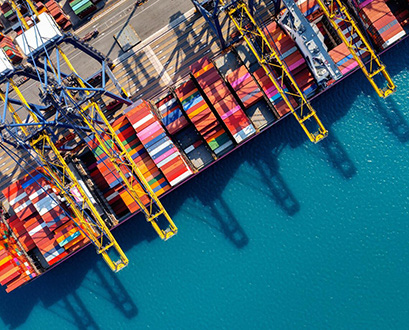



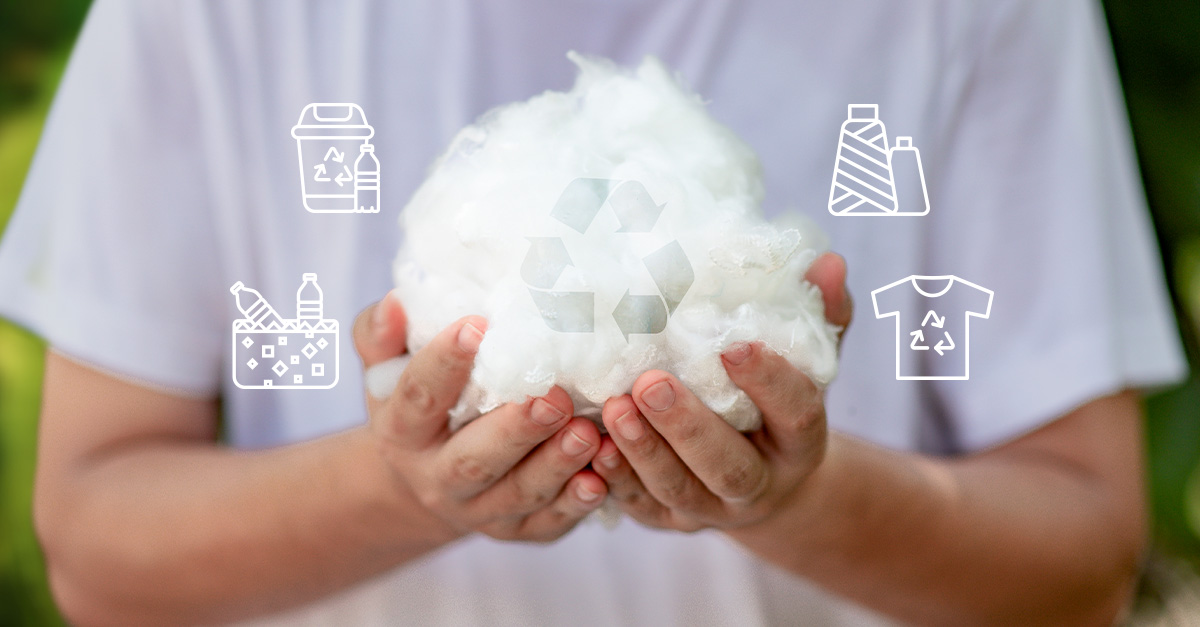
While many brands and suppliers are making efforts to incorporate recycled polyester fabrics into their products, it remains challenging to verify the authenticity and quantity of recycled polyester in these items. This presents a dilemma for consumers who want to make informed choices.
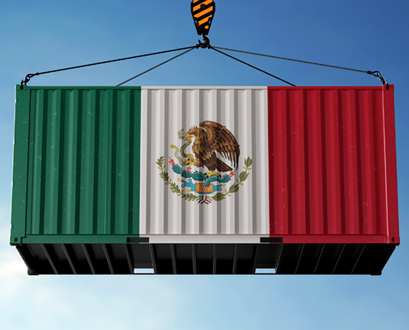

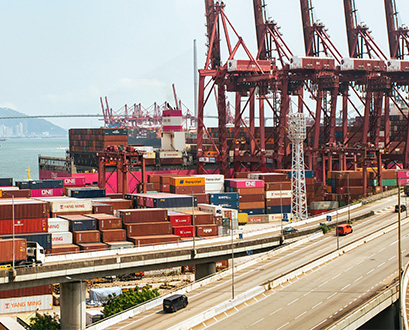
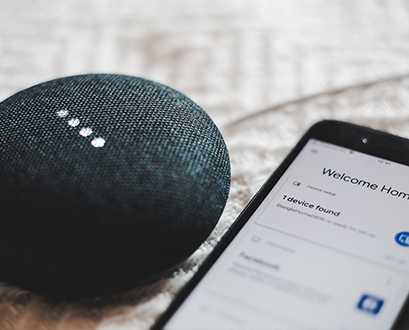

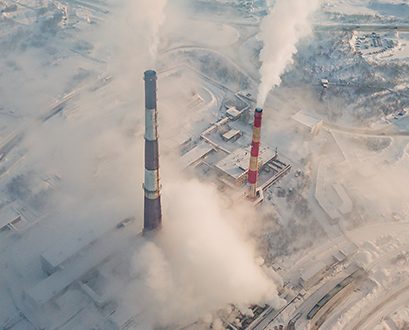

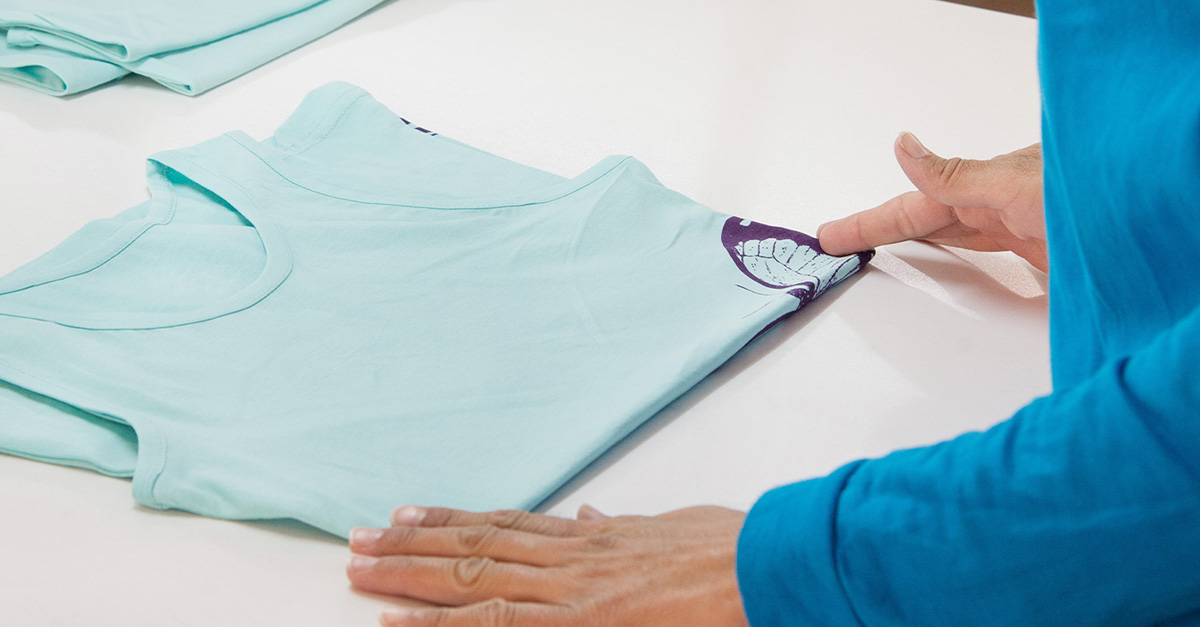



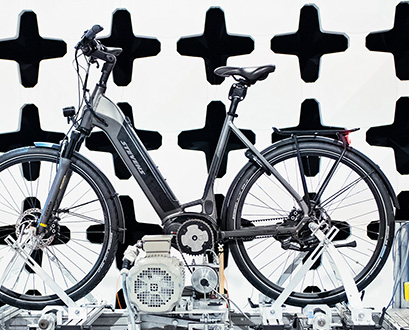


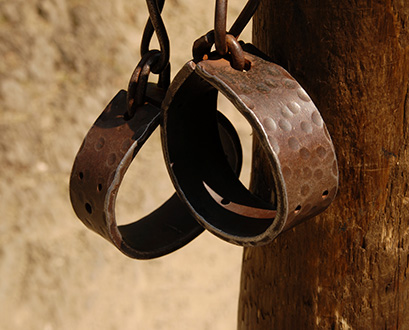
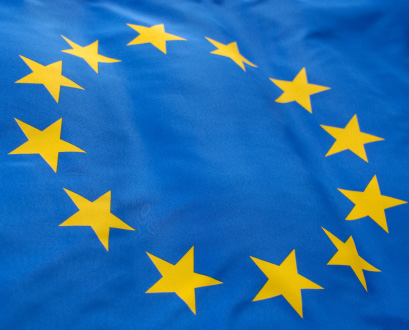



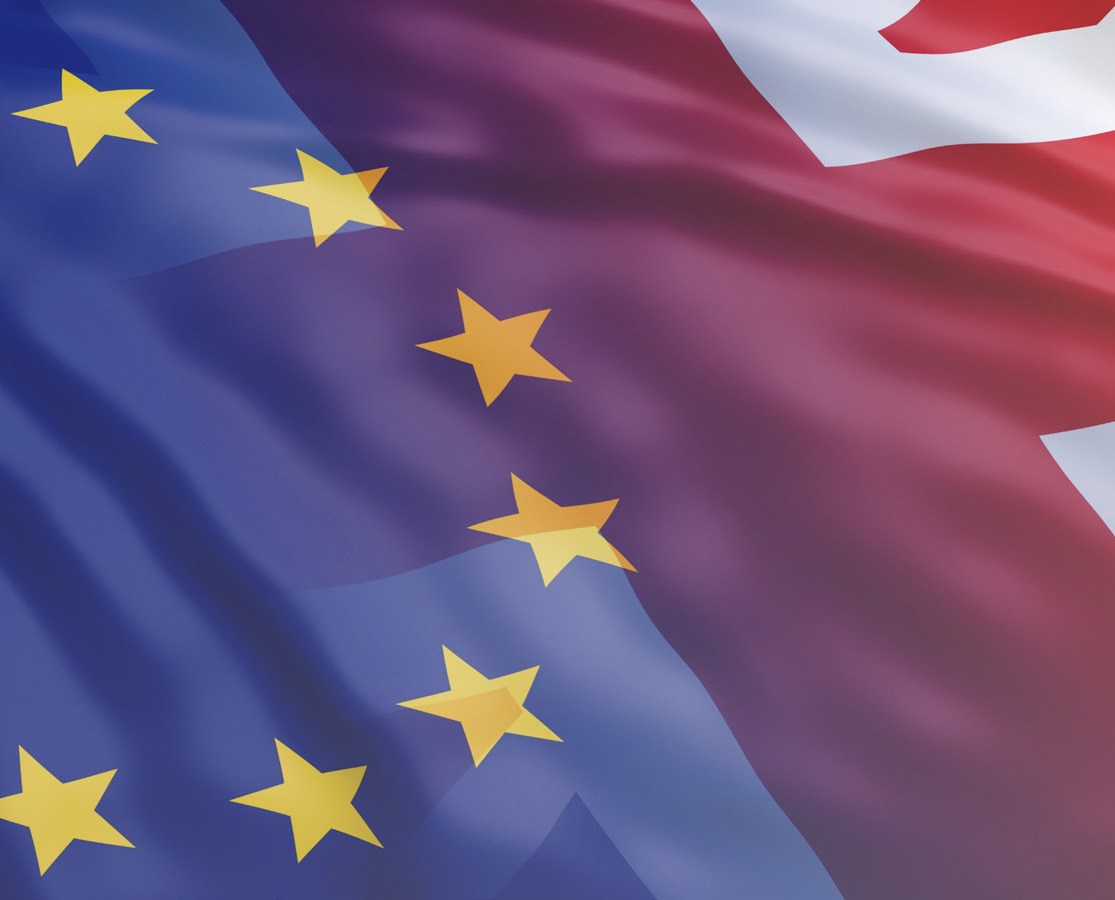
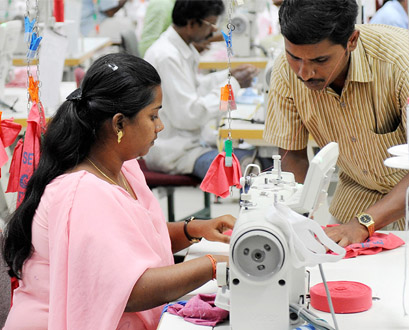

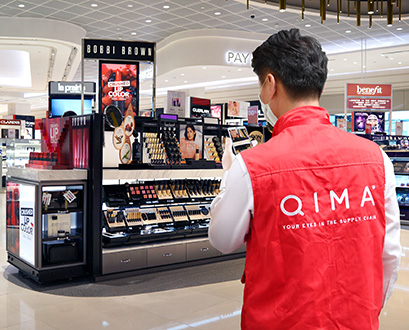

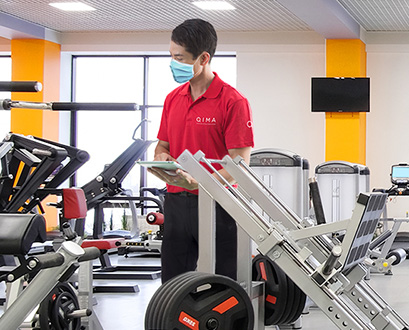

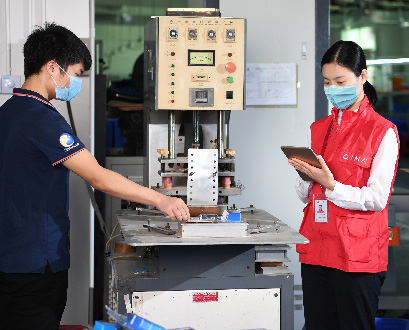



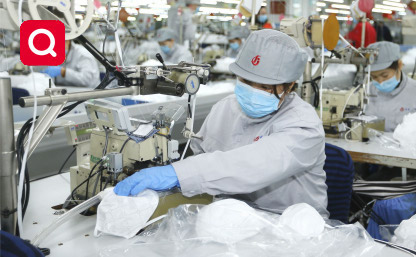

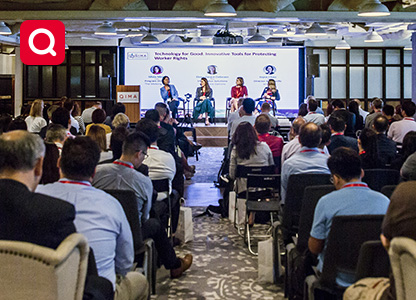

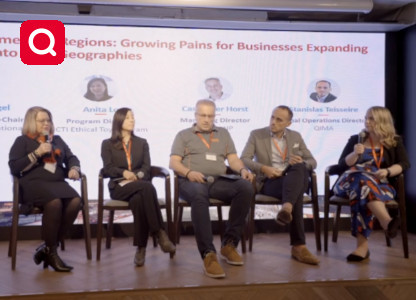
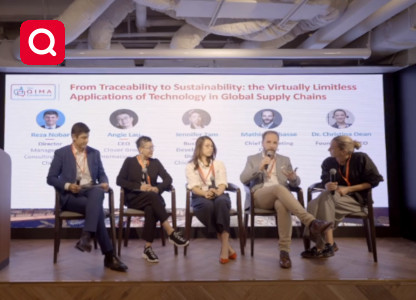
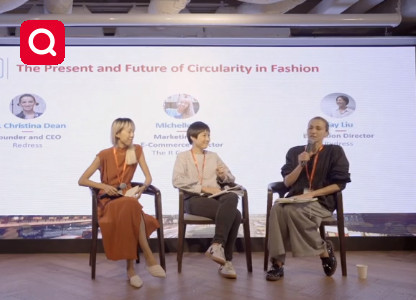
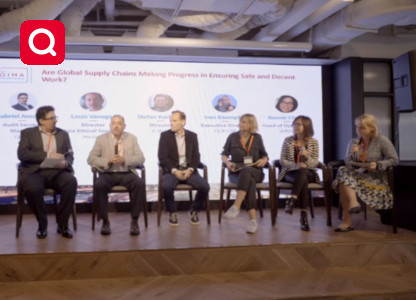
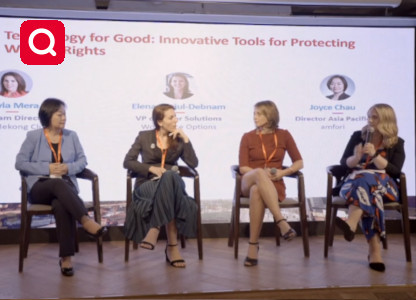
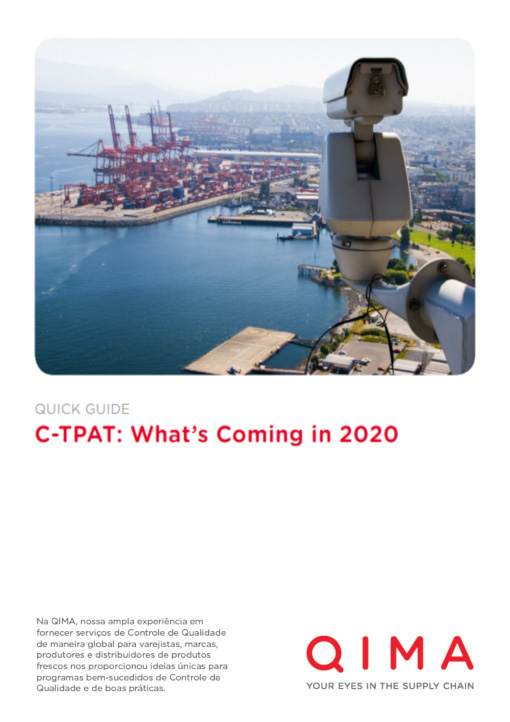
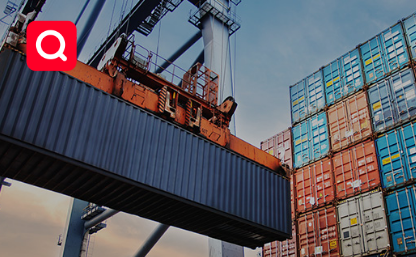

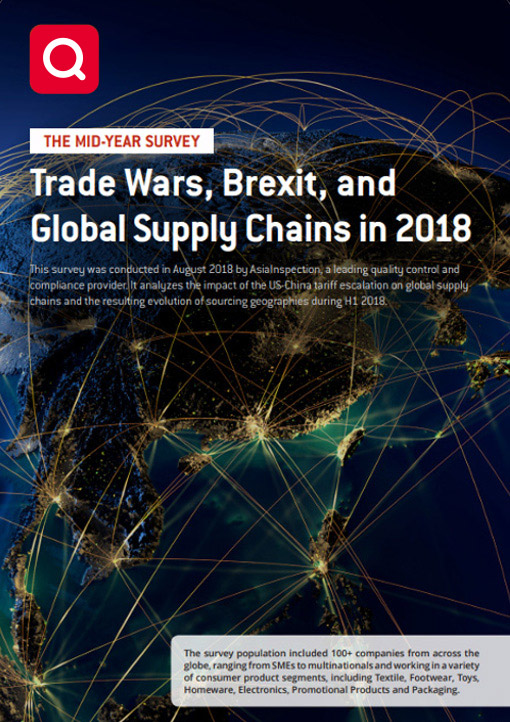
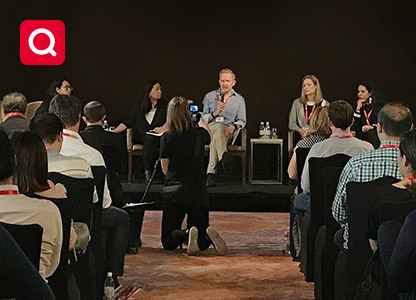
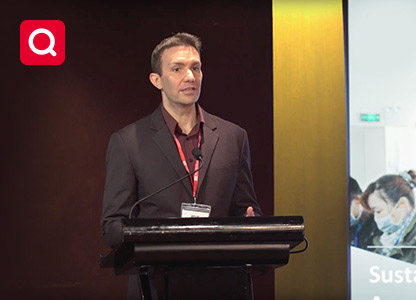
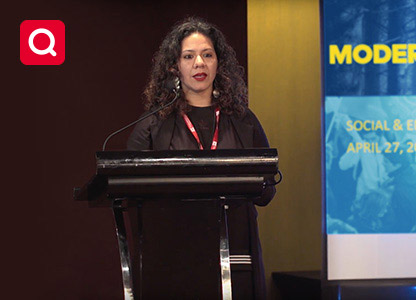

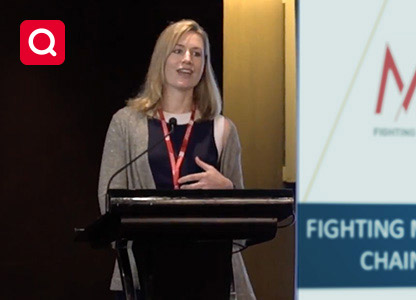

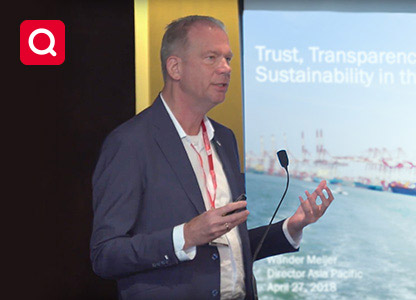

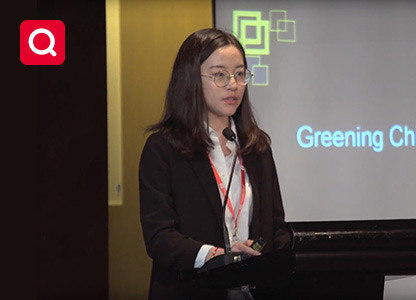
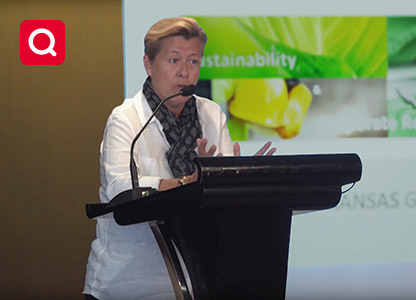

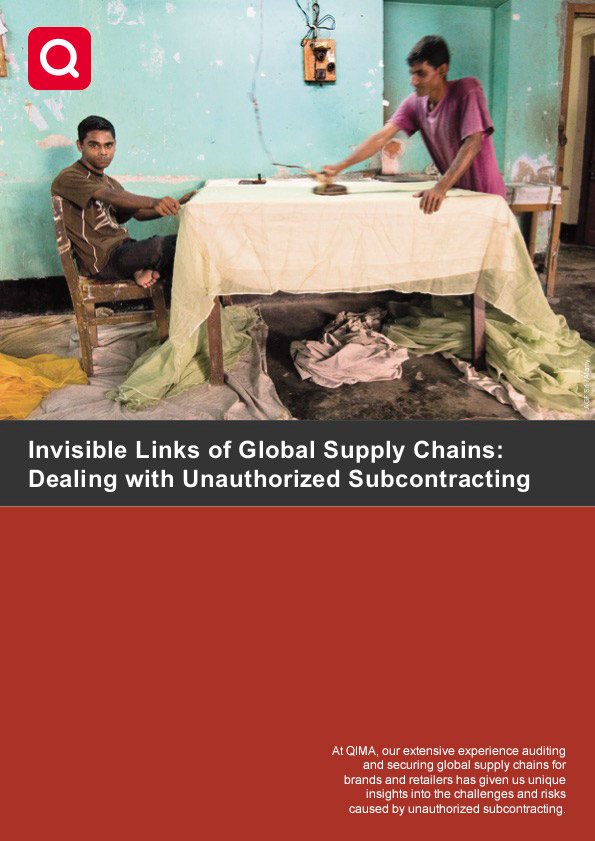
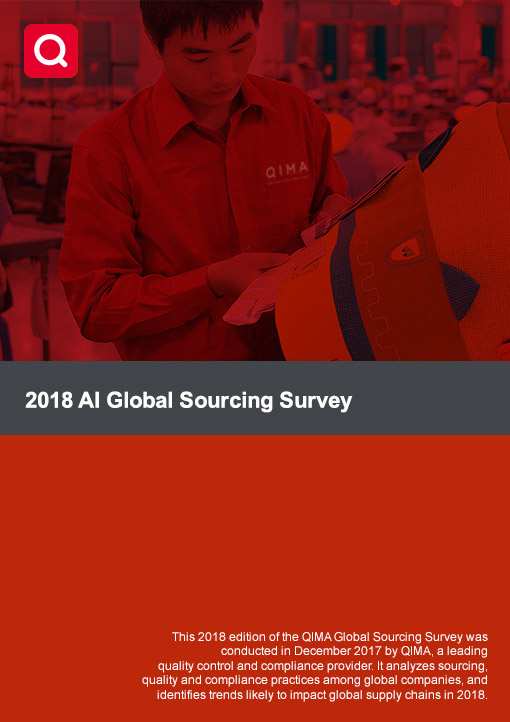
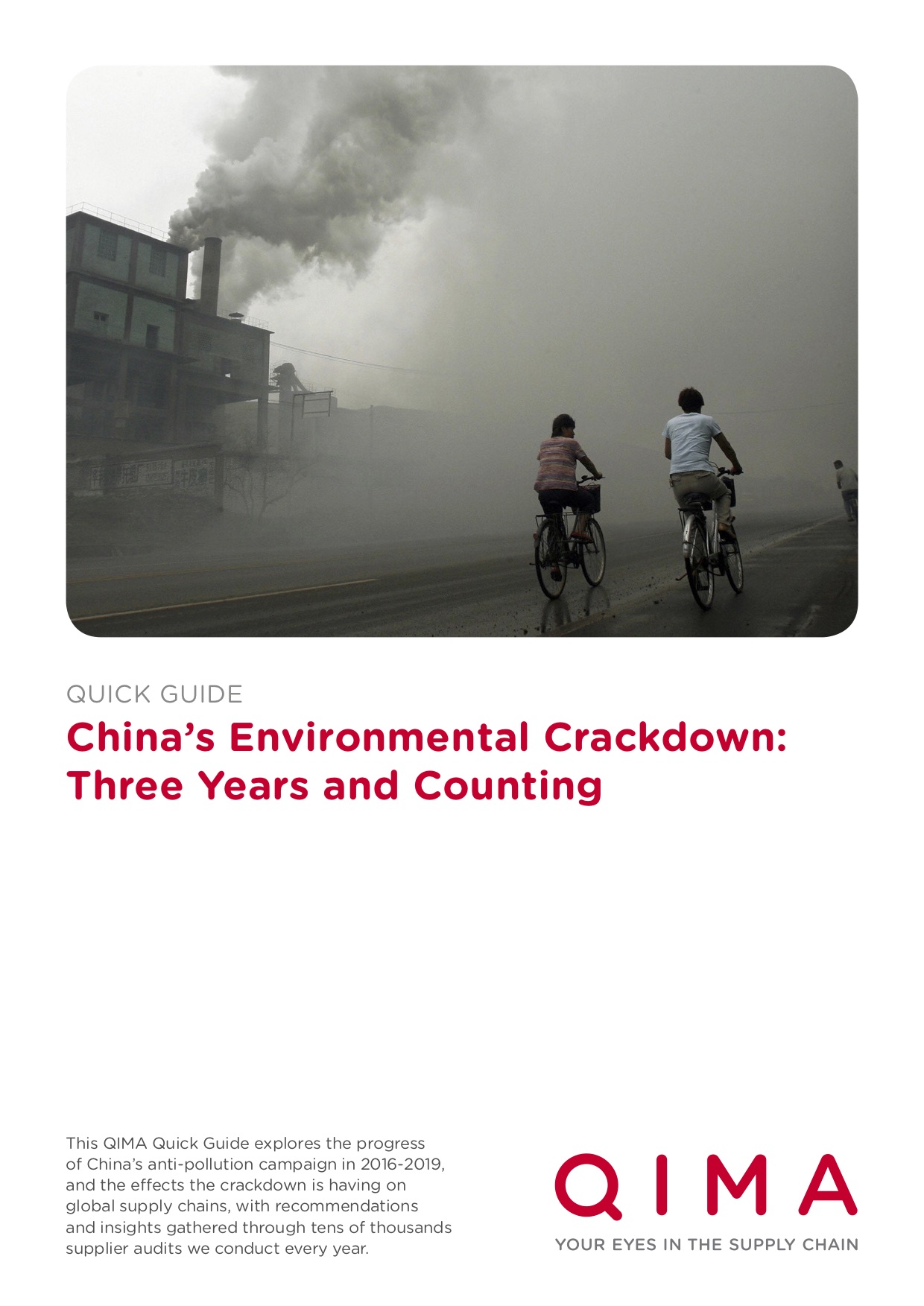
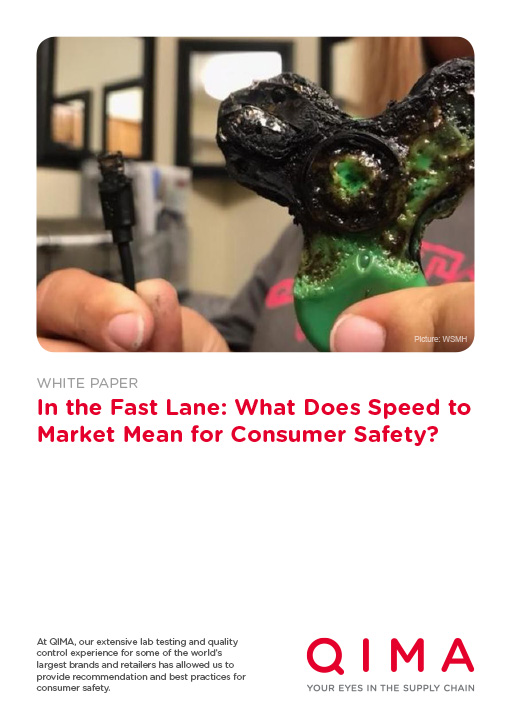

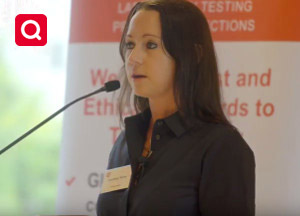
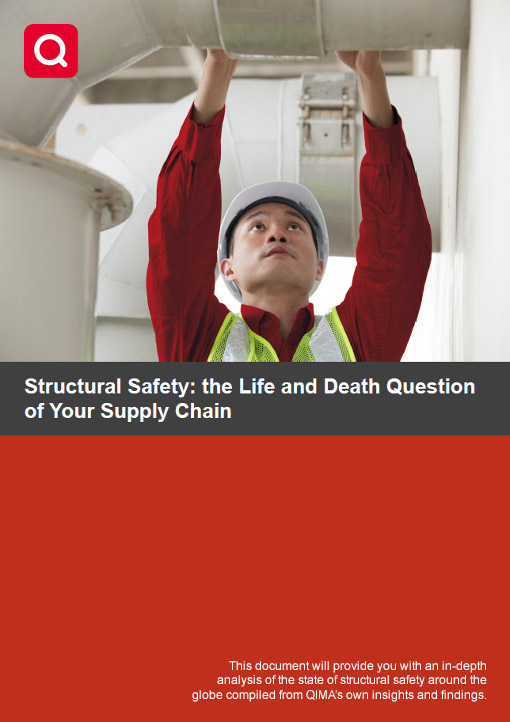
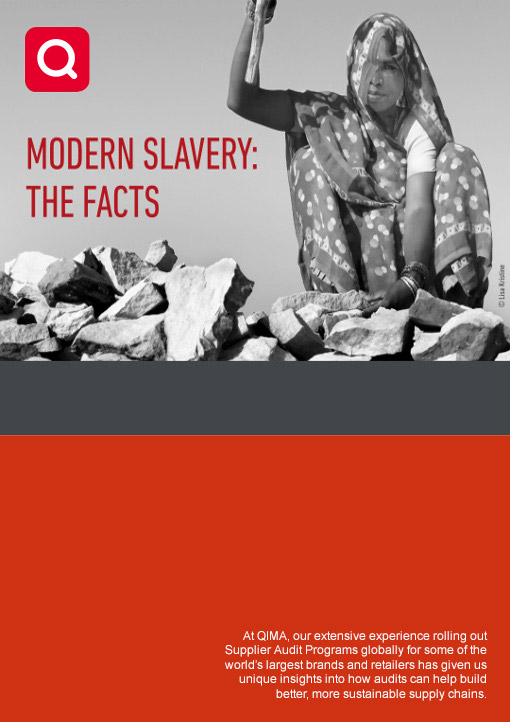

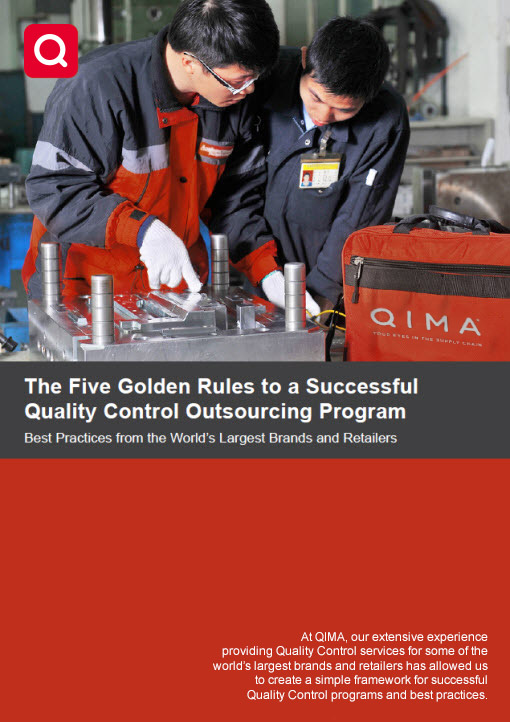
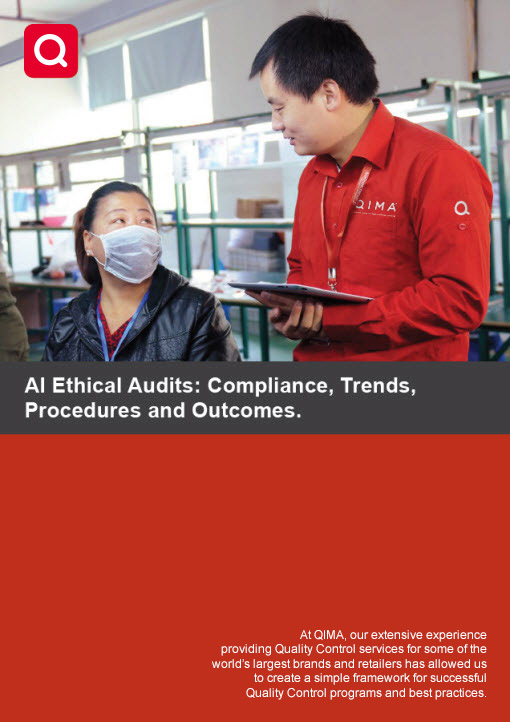
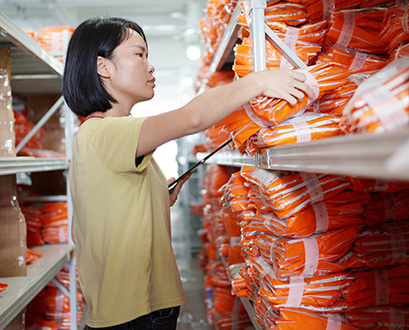

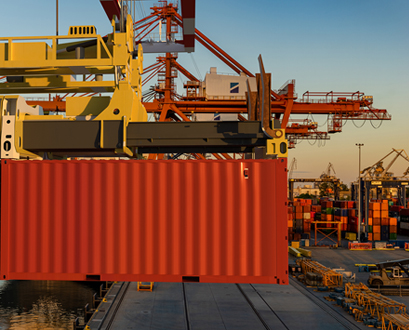



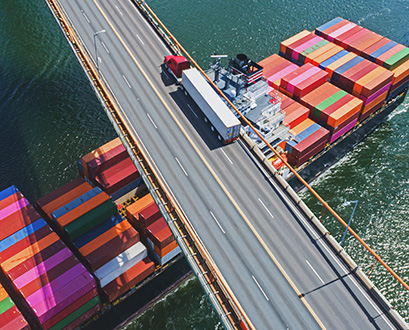

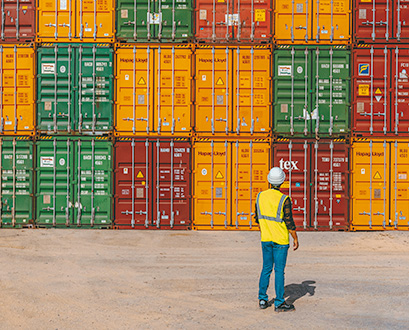
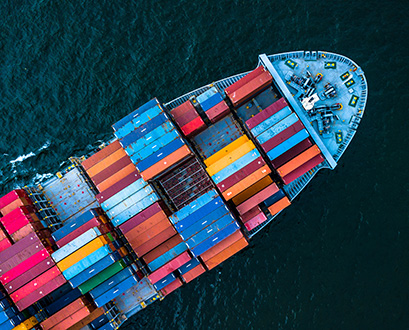
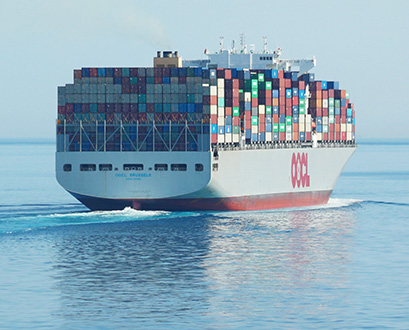
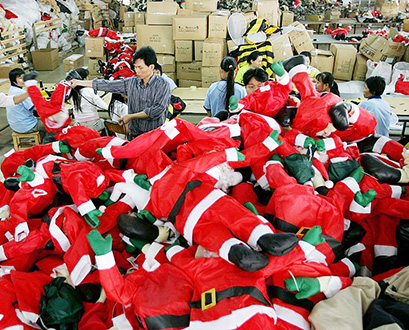
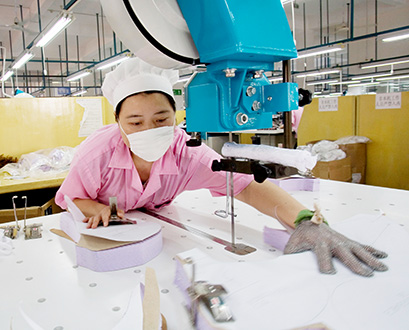

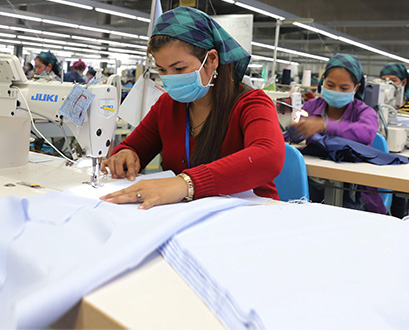
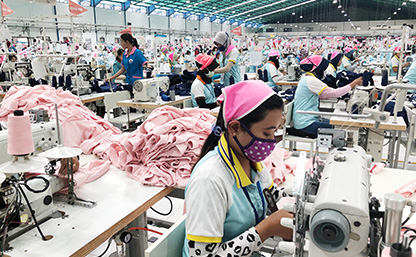

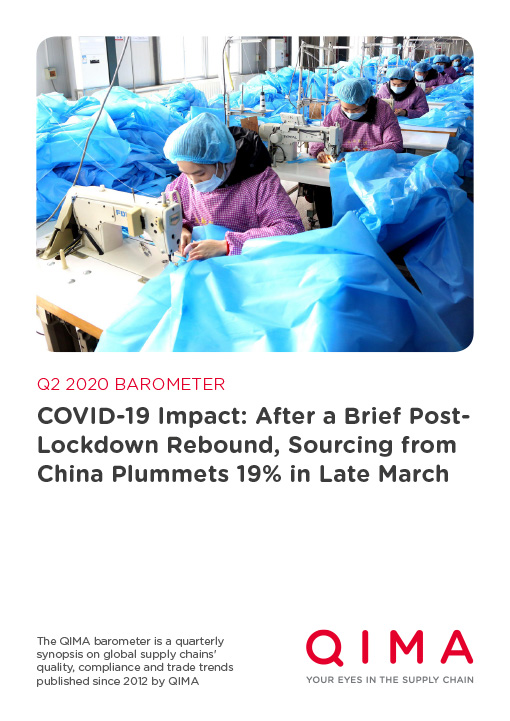
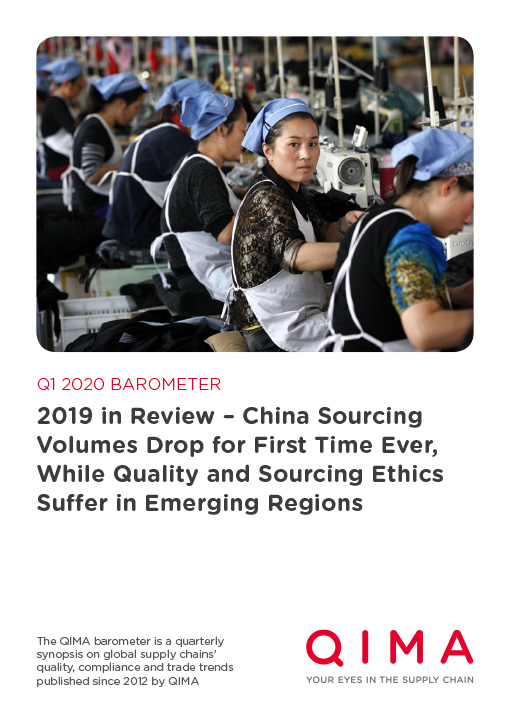
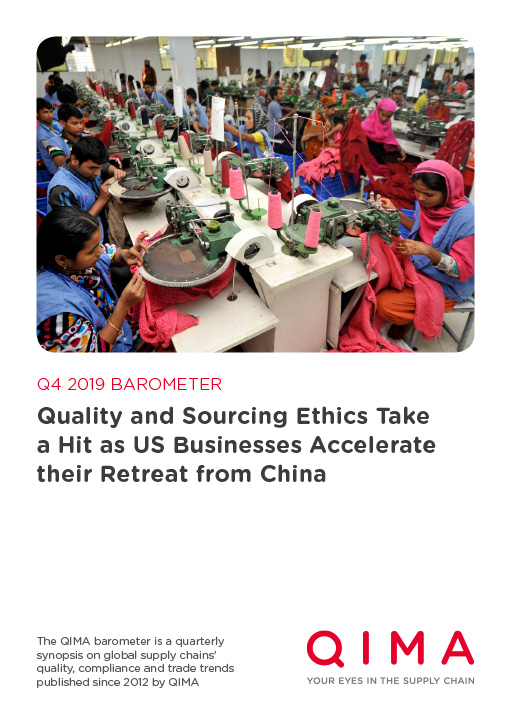
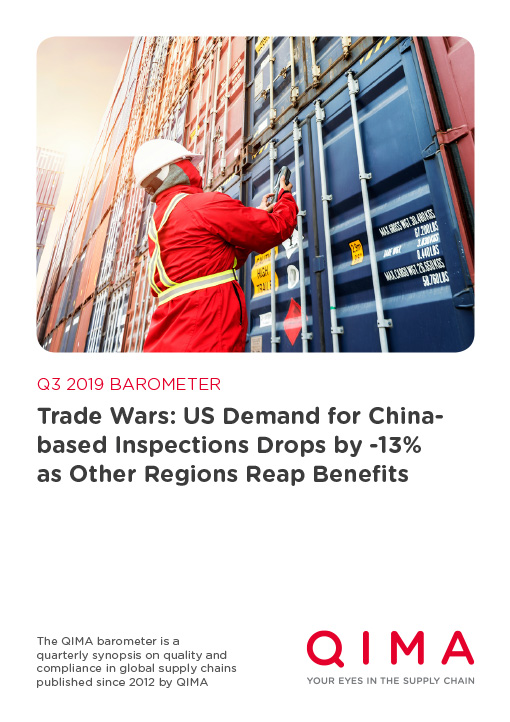
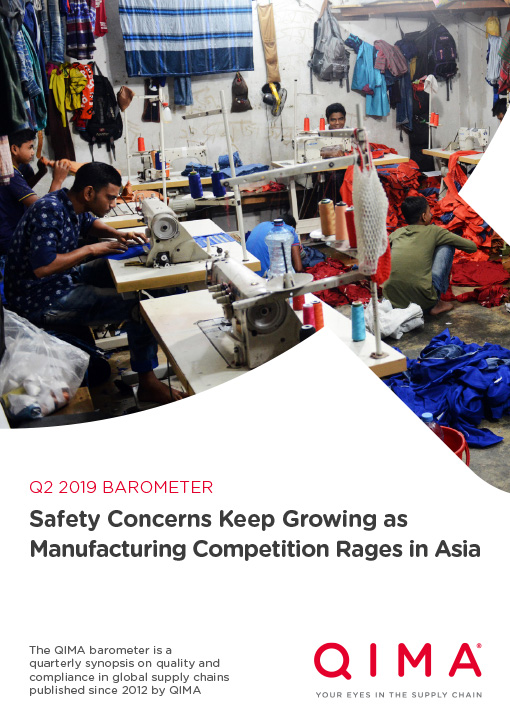
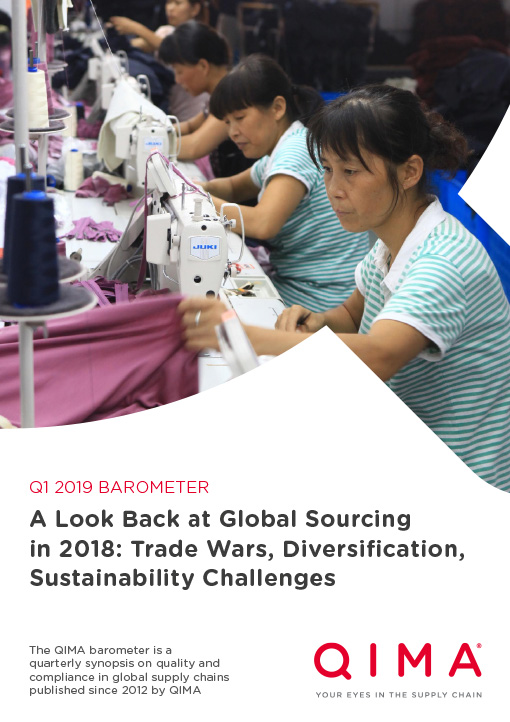
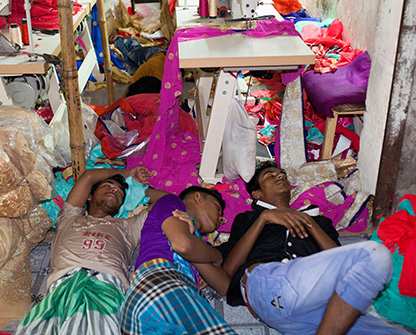


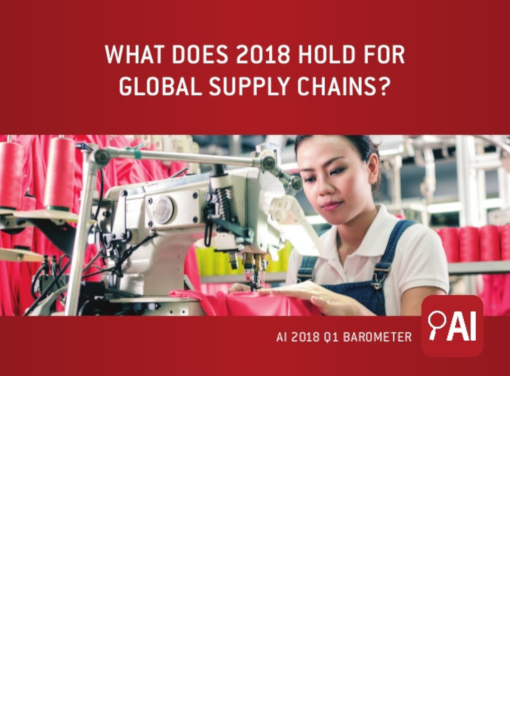
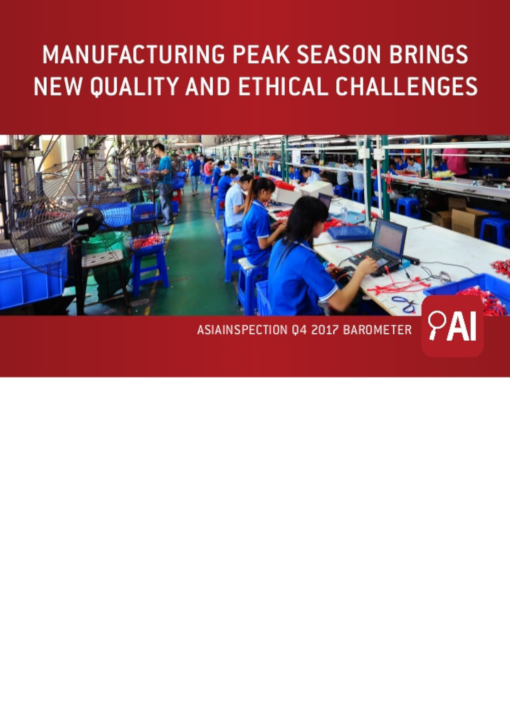
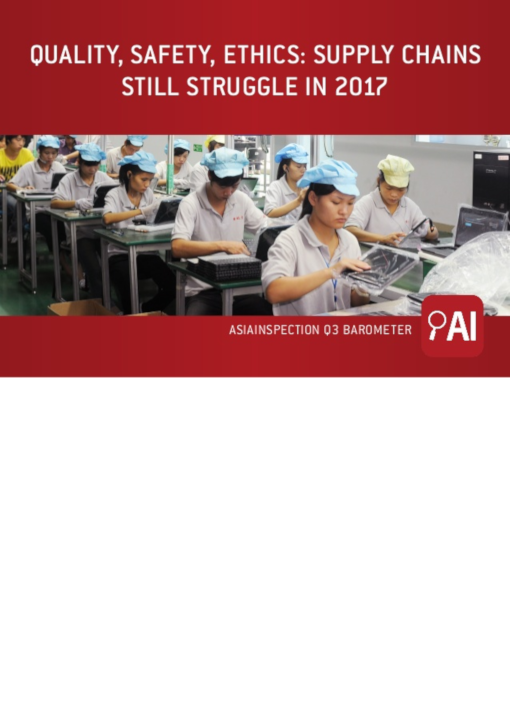
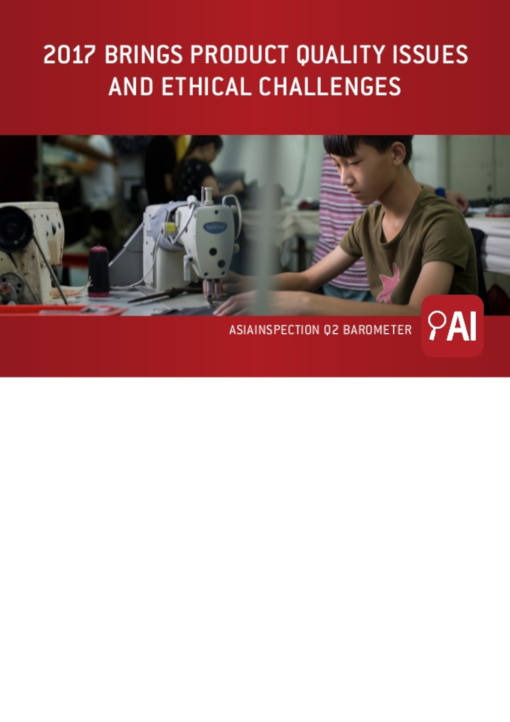
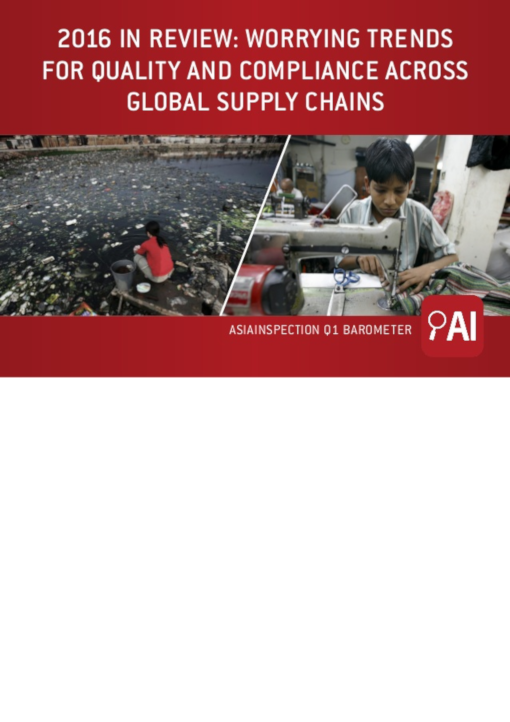
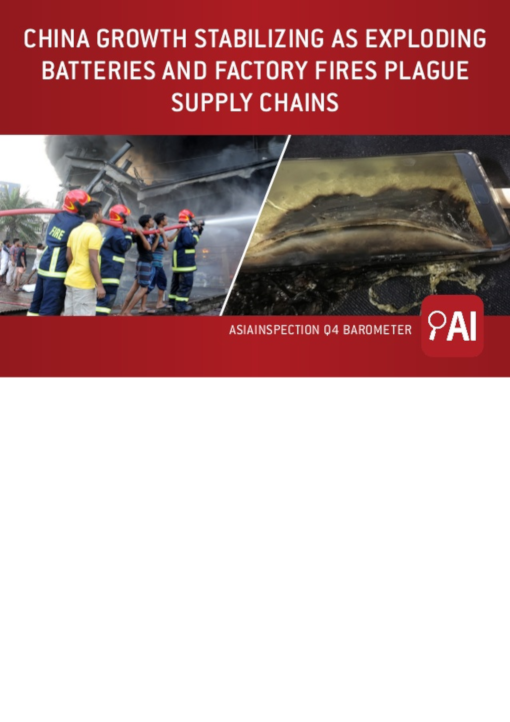
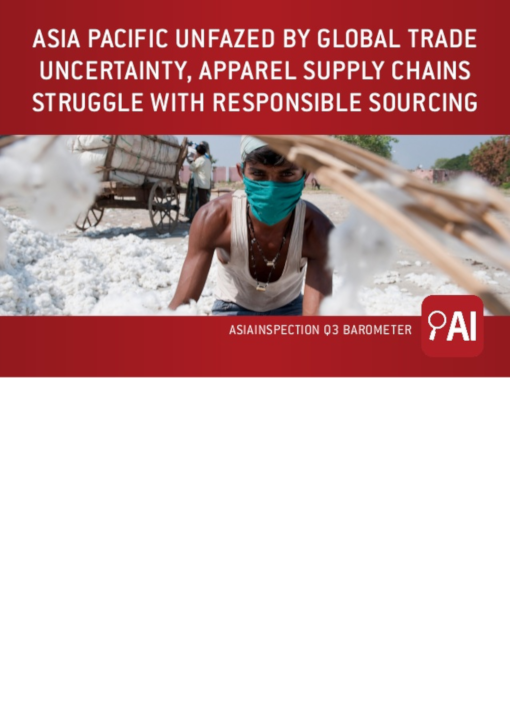
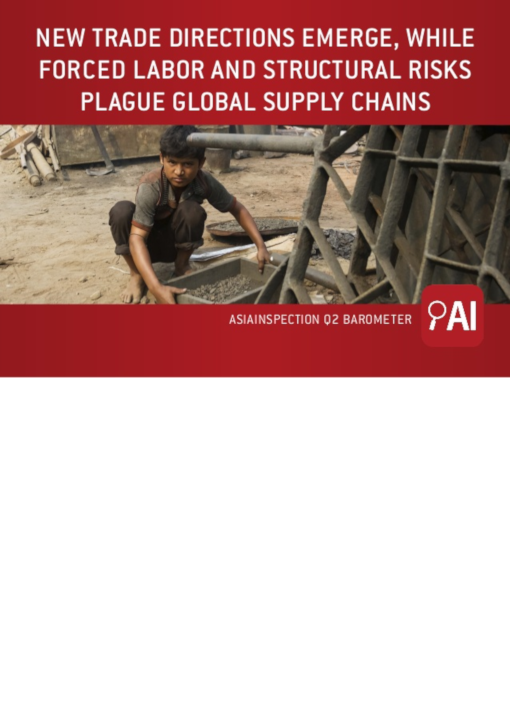
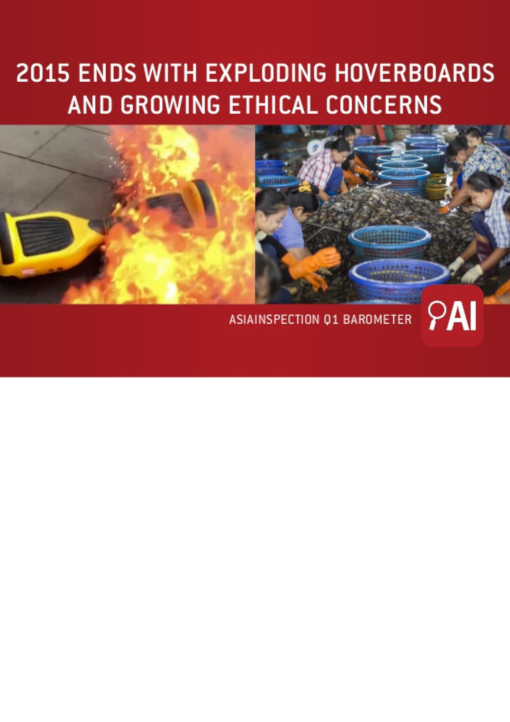
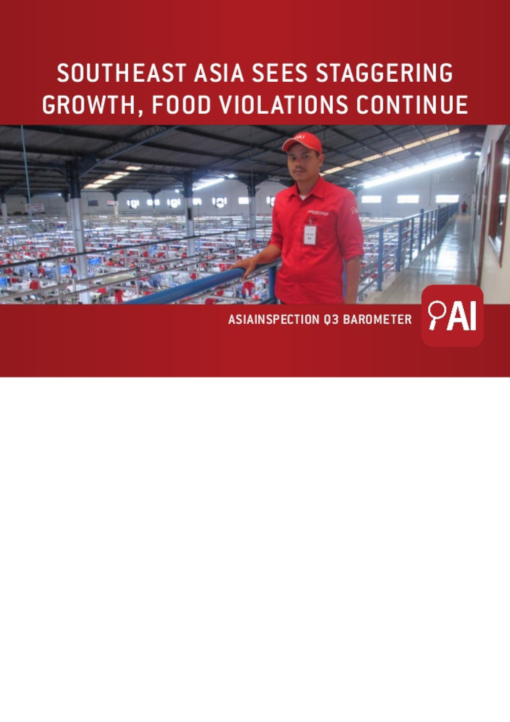
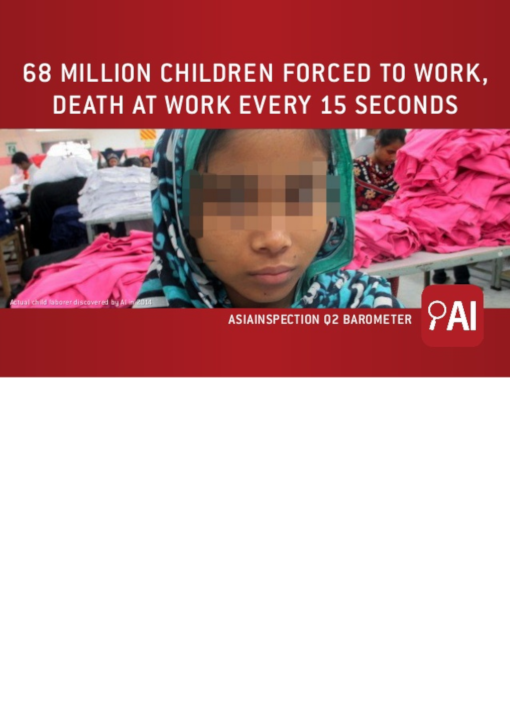
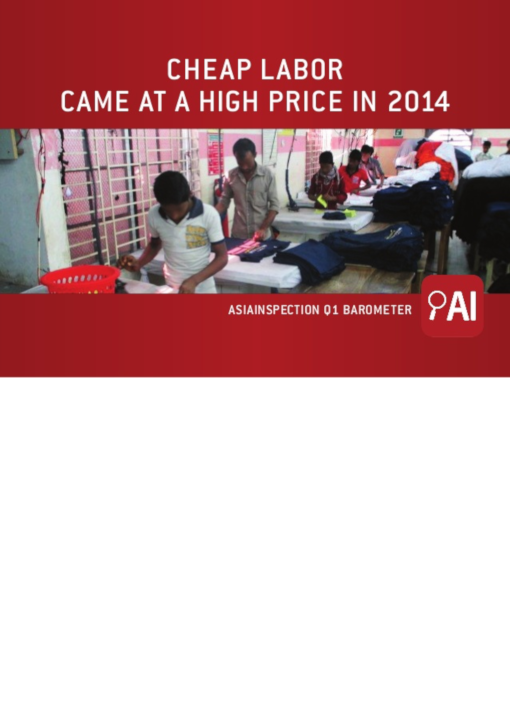
 Xem Demo
Xem Demo
